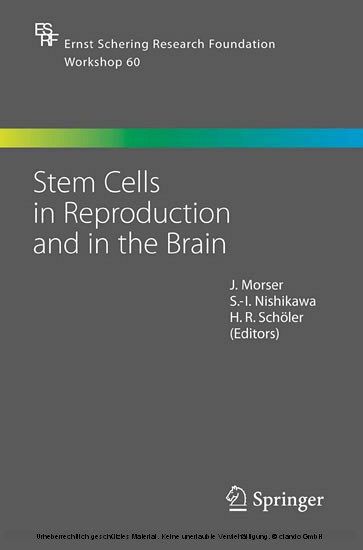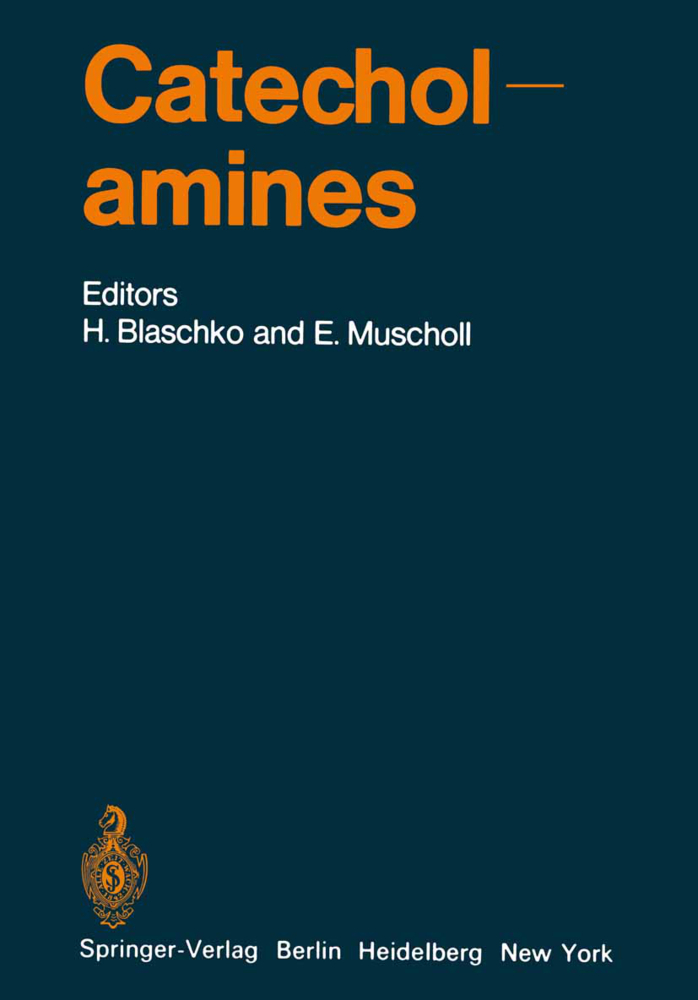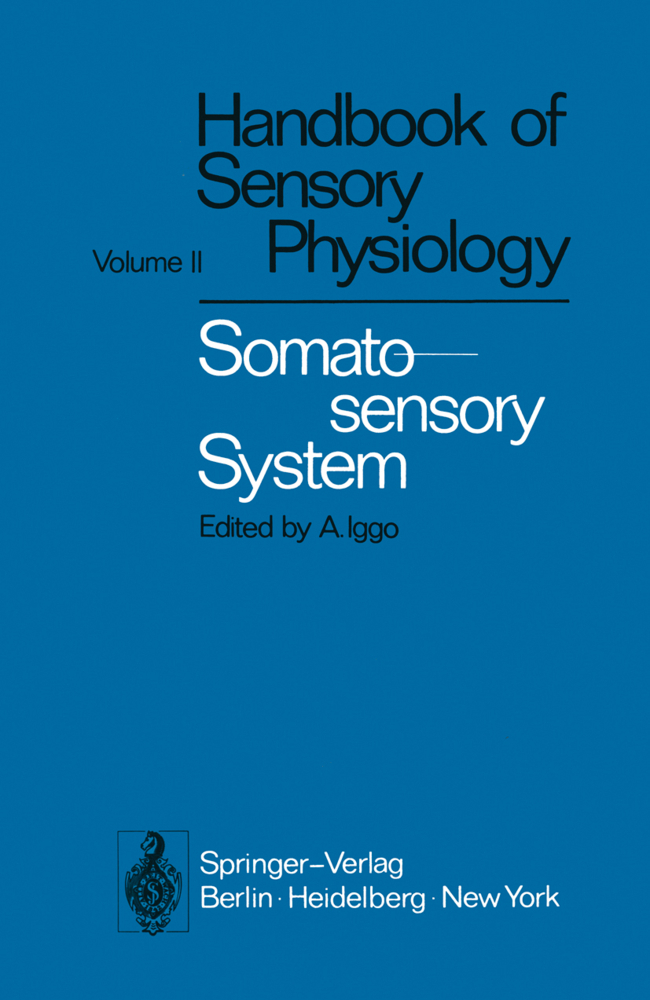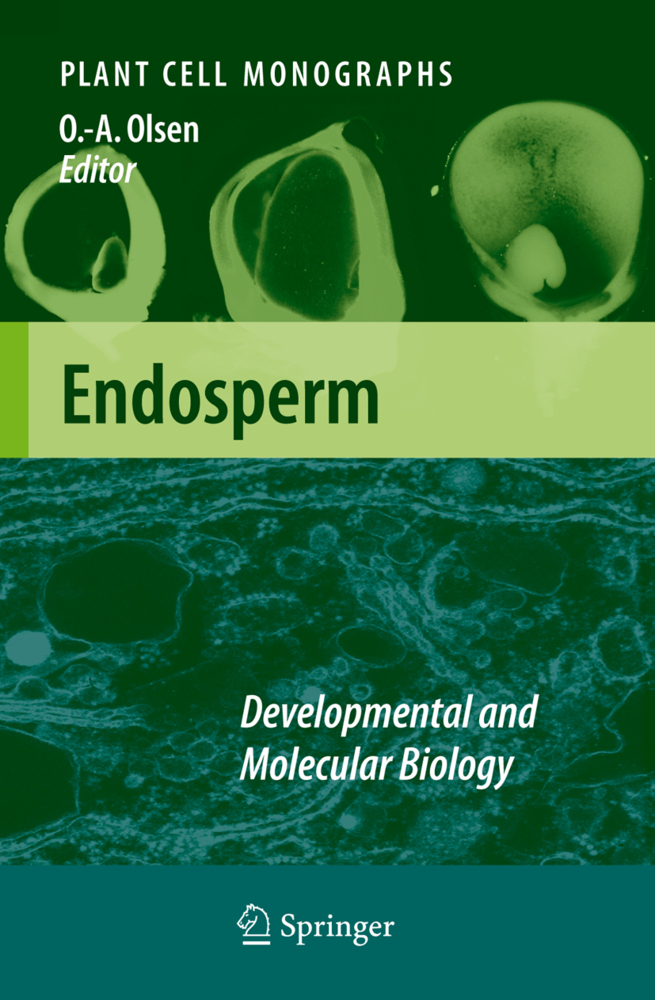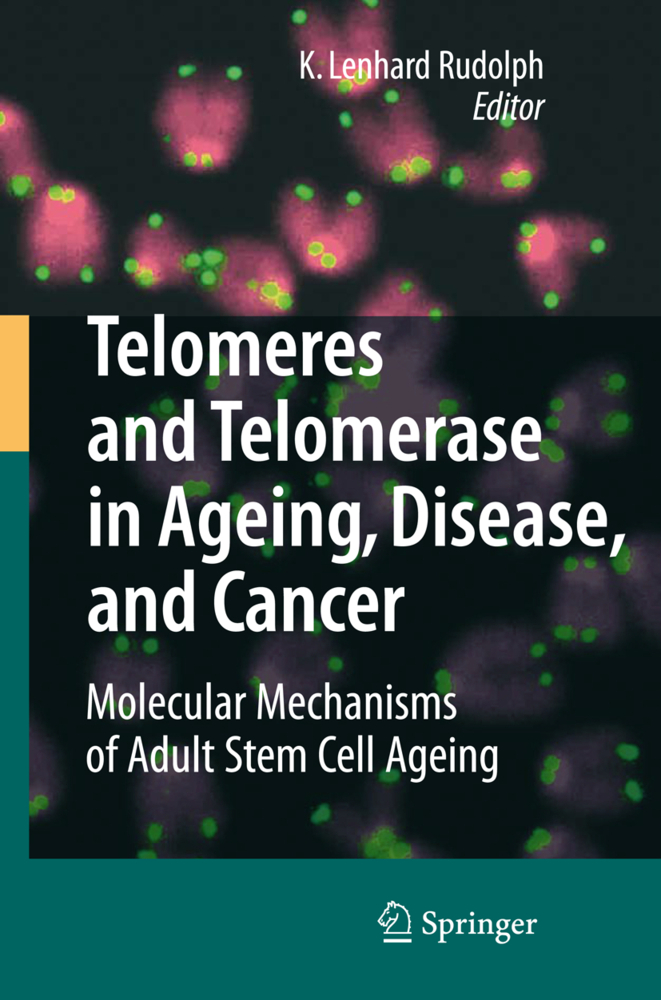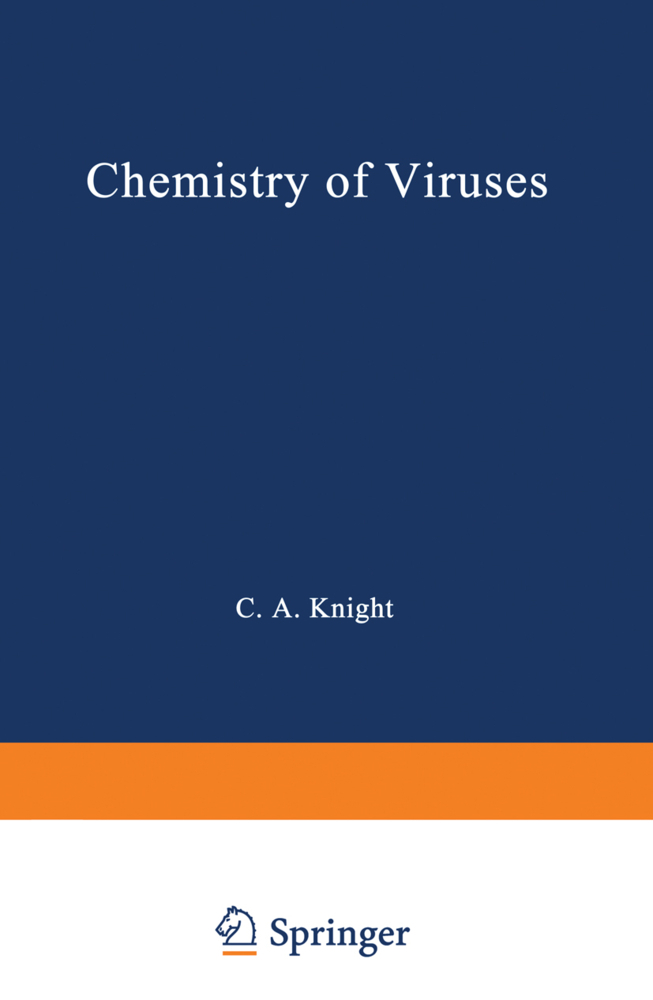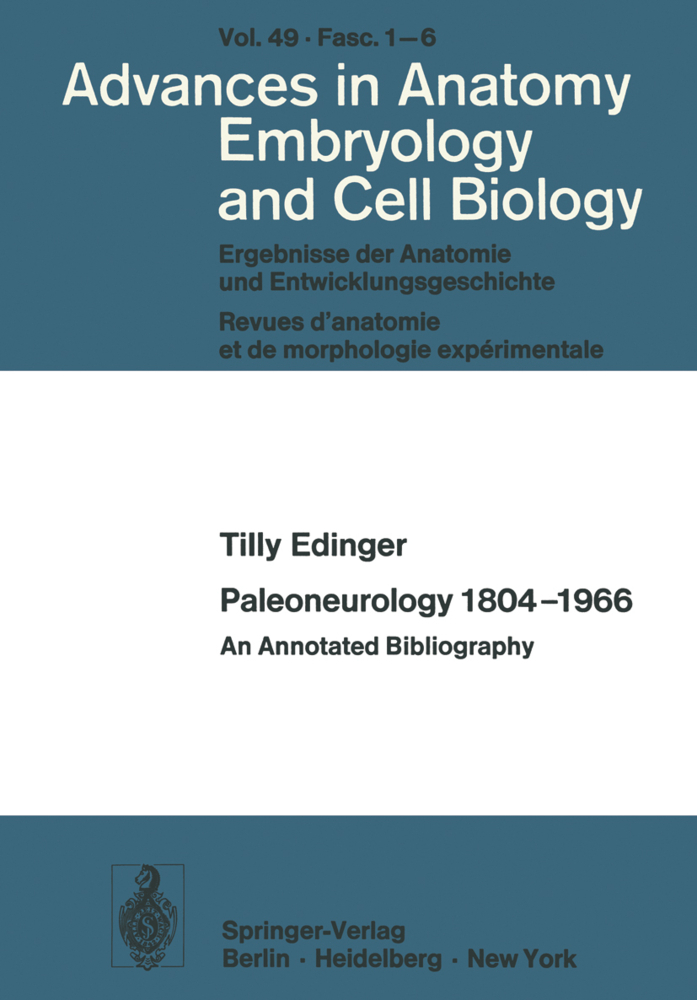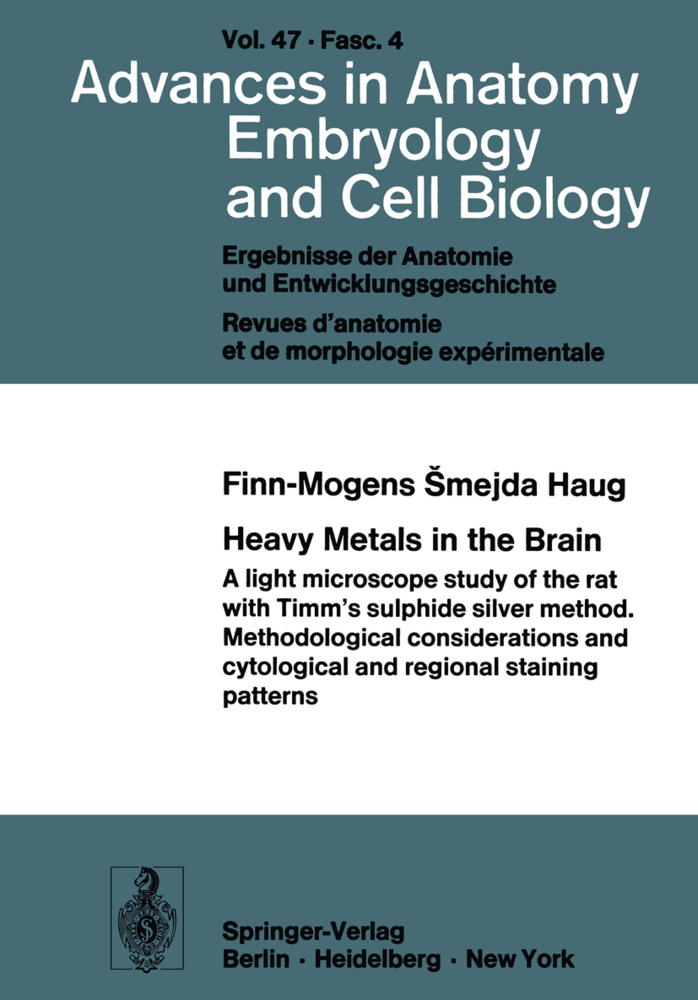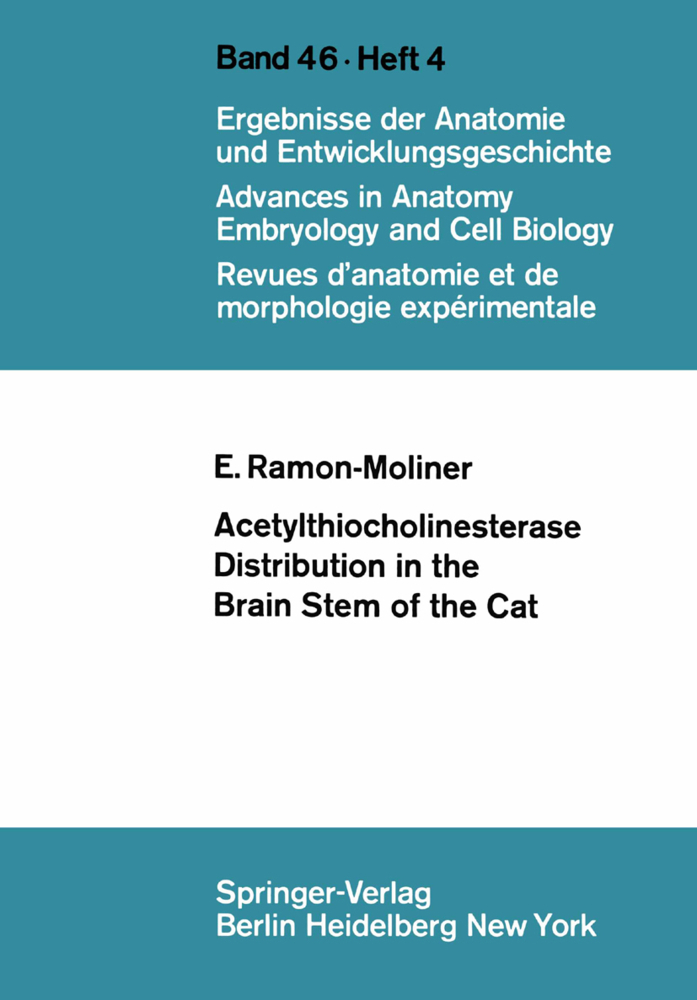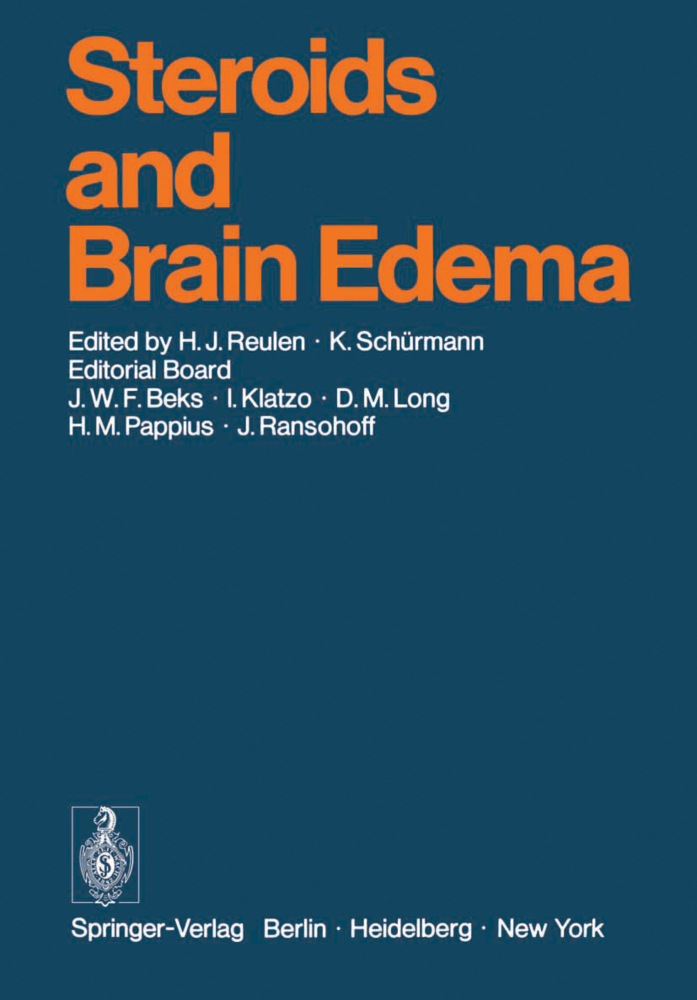Recently, expectations of the potential of regenerative medicine have risen because of the exciting results obtained in various areas of research. This book contains contributions from leading researchers in the field who describe their successes and the problems that remain in converting the hopes into concrete therapies. The focus of the book is on the role of stem cells in two main areas -- reproduction and the brain -- described from molecular, cellular, in vivo and clinical perspectives.
1;Editors and Contributors;9 2;Preface;5 3;Contents;7 4;1 What Is a Stem Cell Niche?;15 4.1;1.1 The Niche for Quiescent Melanocyte Stem Cells;16 4.2;1.2 Advantage of the Melanocyte for Studying Niche;17 4.3;1.3 When Are Melanocyte Stem Cells Generated?;19 4.4;1.4 Differentiation of Melanocyte Stem Cells to Their Immediate Progenies Is Reversible;21 4.5;1.5 Characteristics of Quiescent Melanocyte Stem Cells;21 4.6;1.6 Low Level of Housekeeping Gene Expression in Quiescent Stem Cells;22 4.7;1.7 Wnt Signal Inhibition Is Implicated as a Mechanism Underlying Downregulation of Genes That Are Essential for Melanocyte Development;23 4.8;1.8 High Notch Expression in Quiescent Stem Cells;25 4.9;1.9 Current Model and Niche;25 4.10;References;27 5;2 New Strategy for Comprehensive Analysis of Gene Functions in Embryonic Stem cells;29 5.1;2.1 Strategy to Introduce Bi-Allelic Mutations;30 5.2;2.2 Insertional Mutagenesis and Screening for Genes Involved in Stem Cell Maintenancein Embryonic Stem Cells;32 5.3;References;35 6;3 Paternal Dual Barrier by Ifg2-H19 and Dlk1-Gtl2 to Parthenogenesis in Mice;37 6.1;3.1 Introduction;38 6.2;3.2 Analysis of Gametic Imprinting During Oocyte Growth;39 6.3;3.3 Role of Paternally Imprinted Genes on Parthenogenesis;40 6.4;3.4 Mechanism Responsible for Extended Development;41 6.5;3.5 Methylation Analysis of the IG-DMR at Dlk1-Gtl2 Domain;43 6.6;3.6 Conclusion;44 6.7;References;44 7;4 Cell-Cell Fusion as a Means to Establish Pluripotency;48 7.1;4.1 Plasticity of Somatic Stem Cells Versus Cell Fusion;49 7.2;4.2 Somatic Cell Reprogramming by Fusion with Embryonic Stem, Embryonic Carcinoma, and Embryonic Germ Cells;50 7.3;4.3 Epigenetic Modification of Reprogrammed Hybrid Cells;51 7.4;4.4 Factors for Fusion-Induced Reprogramming;53 7.5;4.5 Perspectives;54 7.6;References;55 8;5 Toward Reprogramming Cells to Pluripotency;59 8.1;5.1 Introduction;60 8.2;5.2 Epigenetic Reprogramming and Induction of Pluripotency by Cell Fusion;61 8.3;5.3 Induction of Differentiation, Transdifferentiation, and Dedifferentiation Using Cell Extracts;62 8.4;5.4 Chromatin Remodeling Associated with Nuclear Reprogramming;73 8.5;5.5 Perspectives;74 8.6;References;76 9;6 Molecular Switches and Developmental Potential of Adult Stem Cells;80 9.1;6.1 The Development of Blood Cells from Multipotent Hematopoietic Stem Cells;81 9.2;6.2 The Flt3+CD11b+ Multipotent Progenitor;82 9.3;6.3 The HLH Transcription Factor Id2 in Lineage Choice;83 9.4;References;87 10;7 Adult Small Intestinal Stem Cells: Identification, Location, Characteristics, and Clinical Applications;91 11;8 Tracking Stem Cells In Vivo;109 11.1;8.1 Introduction;110 11.2;8.2 Criteria for Ideal Stem Cell In Vivo Imaging Technology and Potential Obstacles;110 11.3;8.3 In Vivo Stem Cell Tracking Methods;111 11.4;8.4 Conclusion and Future Directions;116 11.5;References;117 12;9 Establishment of Nuclear Transfe rEmbryonic Stem Cell Lines from Adult Somatic Cells by Nuclear Transfer and Its Application;120 12.1;9.1 Introduction;121 12.2;9.2 Establishment of Nuclear Transfer Embryonic Stem Cell Lines from Different Mice;122 12.3;9.3 Application of Nuclear Transfer Embryonic Stem Cell Techniques;124 12.4;9.4 Preservation of Genes from Infertile Mice Without the Use of Germ Cells;125 12.5;9.5 Nuclear Transfer Embryonic Stem Cell Derivation from Lethal Cloned Embryos;127 12.6;9.6 Perspectives;128 12.7;References;129 13;10 Derivation of Germ Cells from Embryonic Stem Cells;133 13.1;10.1 The Totipotency Cycle and the Development of Germ Cells In Vivo and In Vitro;134 13.2;10.2 Genes Involved in the Maintenance of Pluripotency and Primordial Germ Cell Development;135 13.3;10.3 Detection of Primordial Germ Cells In Vivo and In Vitro;137 13.4;10.4 Meiotic Progression and Female Gamete Formation In Vivo and In Vitro;141 13.5;10.5 Conclusions;144 13.6;References;145 14;11 Germline Recruitment in Mice: A Genetic Program for Epigenetic Reprogramming;151 14.1;11.1 Introduction;152 14.2;11.2 Key Epigenetic Mod
Morser, John
Nishikawa, Shin-Ichi
Schoeler, H. R.
| ISBN | 9783540314370 |
|---|---|
| Artikelnummer | 9783540314370 |
| Medientyp | E-Book - PDF |
| Auflage | 2. Aufl. |
| Copyrightjahr | 2007 |
| Verlag | Springer-Verlag |
| Umfang | 249 Seiten |
| Sprache | Englisch |
| Kopierschutz | Digitales Wasserzeichen |

